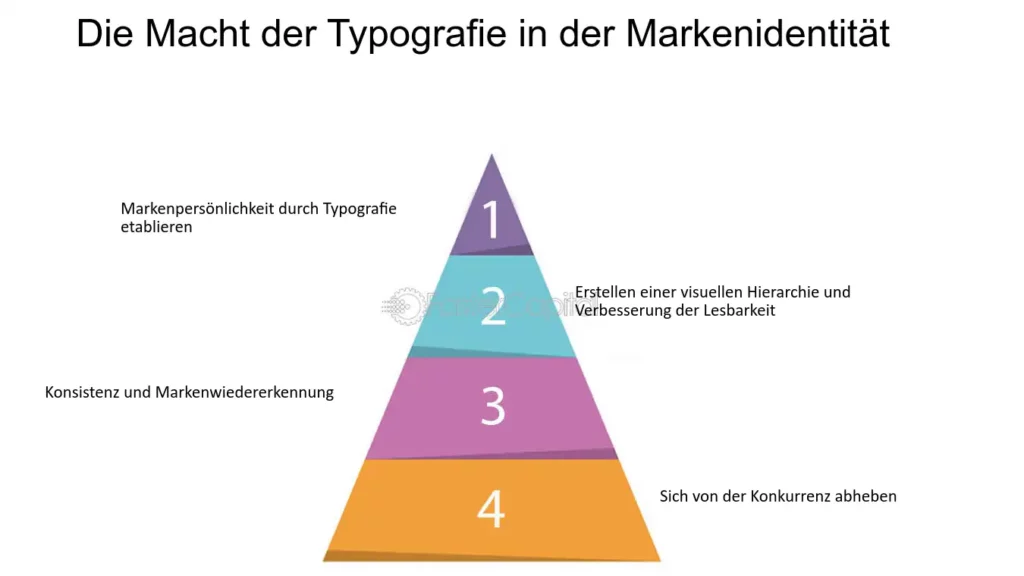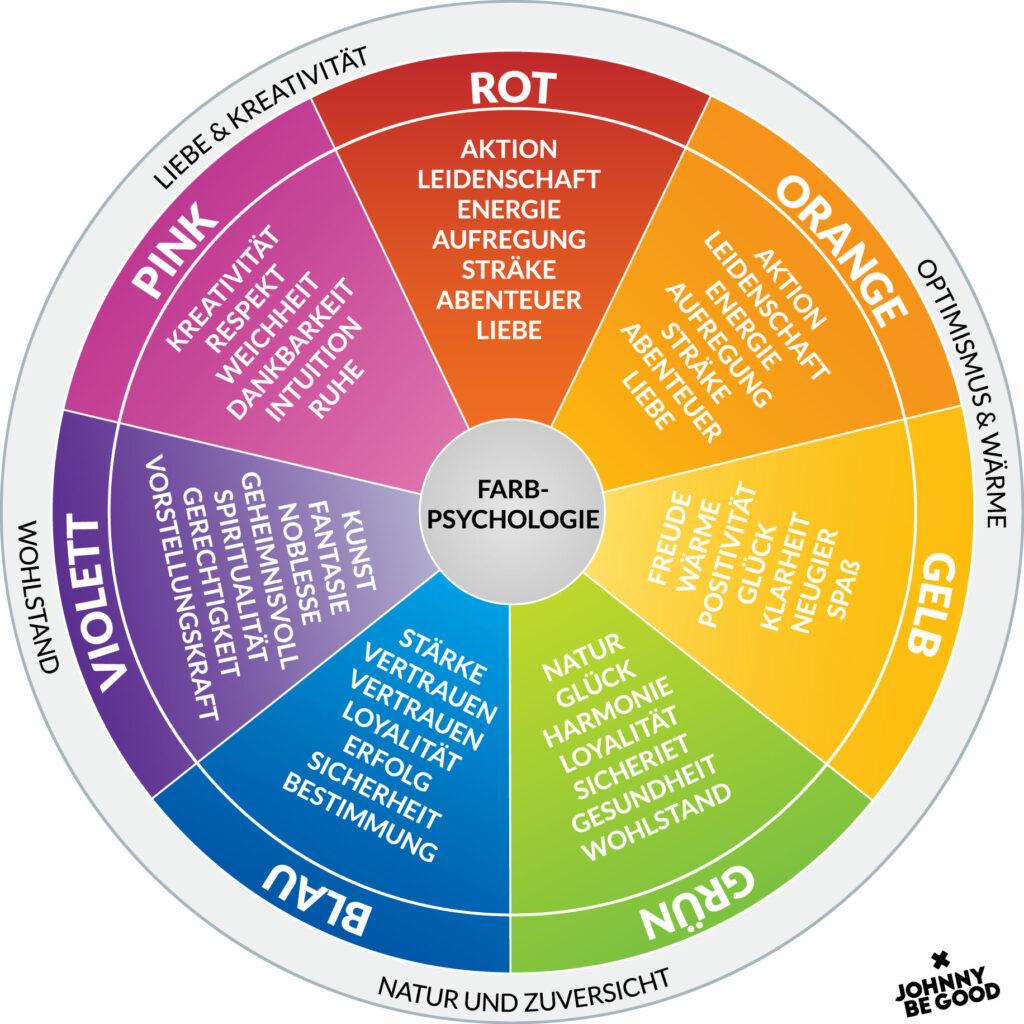As I decided on a topic in the last post that I would like to deal with in my Master’s thesis, this blog post serves to provide an introduction to the subject. In this context, I would like to present important definitions that are related to my topic.
Branding:
Branding refers to the process by which a company uses targeted marketing efforts to give its brand a memorable stamp. Branding serves to increase recognition value and create an image that promotes consumer identification through messages, images and emotions in order to establish trust, customer loyalty and an intangible value for the brand. (Vgl. Klein)
Brand identity:
Brand identity refers to the special characteristics that set a product apart from other like and similar products. It acts as a unique selling point and represents both the product and the company, often in the form of a symbol or the personality associated with it. (Vgl. Agentur Junges Herz)
Logo:
A logo is a graphic representation used to represent a company, organization, person or product. It can be designed in the form of a pure figurative mark, a word mark or a combination of both and is decisive for the visual appearance (corporate design or brand design) as well as the identity (corporate identity or brand identity) of the rights holder. (Vgl. we dot)
Brand image:
Brand image can be described as the public impression of a brand and its products or services among customers and consumers, including the attributed characteristics of the company, the associations and opinions about the brand and the emotions evoked by the company. Just as marketing strategies and corporate communication can influence the brand image, they have the potential to positively shape the external image and thus increase sales and market share. (Vgl. Qualtrics, “Markenimage: Definition Und Konzeption”)
Brand value:
Brand value, also known as brand equity, represents the additional value that a product gains through its brand name. In close connection with brand awareness, it is directly linked to customers, who must first be familiar with the brand name. The decision on the value of the product is based on the feeling they associate with the brand. (Vgl. Qualtrics, “Markenwert: Definition, Beispiel Und Optimierung”)
Brand Equity:
Brand equity is the influence a brand name exerts in the minds of consumers and represents the value of an identifiable and carefully designed brand. Companies shape their brand equity by creating positive experiences that motivate customers to continue buying from them rather than competitors with similar products. This is done through awareness campaigns designed to appeal to the values of the target audience, a promise to deliver on certain qualities when using the product, and various initiatives to retain loyal customers. (Vgl. Eineder)
Corporate Identity:
Corporate identity is a central component of strategic corporate management on the one hand and functions as a comprehensive communication concept on the other. It therefore describes a complex concept that affects all areas of the company and, in addition to communication, for example in the context of online marketing or traditional advertising measures, also includes the appearance and behavior of the company. (Vgl. Pohlmann)
Positioning:
Positioning in marketing is a targeted highlighting of strengths in order to show a clear difference to comparable companies or products. It plays a decisive role in the success of a company, influences all marketing measures and relates to both products and the entire company offering. Positioning answers essential questions about „What?“, „Who?“ and „Why?“. (Vgl. Lexware)
Brand strategy:
Brand strategy is the strategic framework that companies use to achieve their defined brand goals and ideally become a „power brand“ or „love brand“. It lays down long-term, forward-looking foundations that guide the operational implementation of the marketing strategy and enables the brand to be managed consistently despite possible changes in the company. (Vgl. Qualtrics, “Markenstrategie (Brand Strategy)”)
Target group:
The target group refers to the group of people for whom a company develops a product or service and represents the potential customers. Common characteristics such as age, gender and purchasing behavior define this group and set out specific requirements for how the company should address them. The target group therefore plays an important role in marketing and, where applicable, in a company’s content strategy. (Vgl. IONOS SE)
Brand storytelling:
Brand storytelling refers to the use of stories and narratives as a company’s means of communication, embedding all the key elements of a brand into a cohesive, compelling story. This enables companies to build a deeper connection with their target group that goes beyond the possibilities of conventional marketing. (Vgl. unternehmer.de)
Works Cited:
Agentur Junges Herz. “Markenidentität – Definition, Aufbau Und Entwicklung Einer Marke.” Www.agentur-Jungesherz.de, www.agentur-jungesherz.de/hr-glossar/markenidentitaet-definition-aufbau-und-entwicklung-einer-marke/#:~:text=Bei%20der%20Markenidentit. Accessed 2 Dec. 2023.
Eineder, Sophie. “Brand Equity – Was Ist Der Wert Deiner Marke?” Www.meltwater.com, 15 Jan. 2023, www.meltwater.com/de/blog/brand-equity-markenwert. Accessed 2 Dec. 2023.
IONOS SE. “Was Ist Eine Zielgruppe? Definition Und Arten.” Www.ionos.at, 5 June 2023, www.ionos.at/digitalguide/online-marketing/verkaufen-im-internet/was-ist-eine-zielgruppe/. Accessed 2 Dec. 2023.
Klein, René. “Branding: Definition Und Bedeutung Für Das Marketing.” Www.fuer-Gruender.de, www.fuer-gruender.de/wissen/unternehmen-fuehren/marketing/branding/. Accessed 2 Dec. 2023.
Lexware. “Positionierung.” Www.lexoffice.de, www.lexoffice.de/lexikon/positionierung/. Accessed 2 Dec. 2023.
Pohlmann, Carsten. “Corporate Identity – Definition Und Einordnung.” Www.marketinginstitut.biz, 22 Jan. 2018, www.marketinginstitut.biz/blog/corporate-identity/. Accessed 2 Dec. 2023.
Qualtrics. “Markenimage: Definition Und Konzeption.” Www.qualtrics.com, www.qualtrics.com/de/erlebnismanagement/marke/markenimage/. Accessed 2 Dec. 2023.
—. “Markenstrategie (Brand Strategy).” Www.qualtrics.com, www.qualtrics.com/de/erlebnismanagement/marke/markenstrategie/. Accessed 2 Dec. 2023.
—. “Markenwert: Definition, Beispiel Und Optimierung.” Www.qualtrics.com, www.qualtrics.com/de/erlebnismanagement/marke/markenwert/. Accessed 2 Dec. 2023.
unternehmer.de. “Brand Storytelling: Definition Und Erklärung.” Www.unternehmer.de, 19 Nov. 2019, unternehmer.de/lexikon/online-marketing-lexikon/brand-storytelling-2. Accessed 2 Dec. 2023.
we dot. “Das Logo, Ein Zeichen, Signet Und Erkennungsmerkmal Für Absender.” Www.wedot.ch, 26 Oct. 2023, wedot.ch/lexikon/was-ist-ein-logo. Accessed 2 Dec. 2023.




